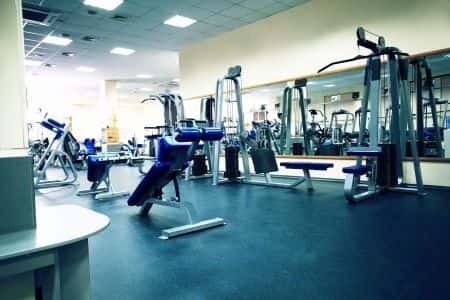This case involves a serious injury to a female who was visiting an athletic center. The plaintiff, a twenty-four-year-old female, accompanied her peers to an athletic center for a company outing. The athletic center had multiple basketball courts, batting cages, swimming pools, and other items which were available to the employees. Additionally, there was a gymnastics area, but only the trampoline was made available to the employees, with the remaining areas being marked off-limits (in addition to all employees being verbally told that they were not allowed to use the other gymnastics equipment). Also, prior to entering the athletic center, all employees signed a waiver, and multiple supervisors were monitoring the different athletic activities. While waiting for the trampoline, the plaintiff saw the uneven bars and decided to swing once around them. When she attempted to swing, however, she lost her handle and fell on her head. She sustained a concussion and a fractured spine. In the subsequent litigation, there was a question about whether the uneven bars were properly maintained.
Question(s) For Expert Witness
1. How should uneven bars be maintained?
Expert Witness Response E-004453
The starting point with uneven bars revolves around the material used to construct them. Up until the 1970s, most uneven bars were made with wood (mostly oak or maple). Following this period, however, most professional organizations encouraged a transition to composites (for example, fiberglass). The benefits of the transition highlight the different maintenance requirements. Composites resist different markings and mildew better than wood, as well as preventing warping and being stronger. Because of this, most professional competitions only use composite uneven bars. Uneven bars for children, however, are still usually made from wood. As such, if the uneven bars were wood, they should have been checked at least twice a day for any signs of structural weakness, excessive markings/wear, and mildew (especially on the top part of the bar). If the uneven bars were made from a composite material, maintenance is usually only required once a day. Within this analysis, there are other factors that should be considered to judge maintenance requirements, including the amount of average participants per day, the age of the participants, the conditions of the athletic center, and the expertise of those performing the maintenance. All should be considered, but a consistent survey of the bars is usually the standard of practice.
About the author
Stephen Gomez, J.D.
Stephen Gomez, J.D., is the General Counsel and Corporate Secretary at Lumos Labs, where he oversees legal and compliance matters in areas like privacy, intellectual property, and litigation. He has extensive legal experience in the e-commerce, media, and entertainment industries, previously holding key roles at Thirstie, Equinox Media, and SeatGeek. Gomez also contributed to legal functions at HelloFresh and Chubb and has a background in legal content and research management. He earned his J.D. from Boston University School of Law and a B.A. in Politics from New York University. His expertise lies in providing strategic legal advice to fast-growing companies.



